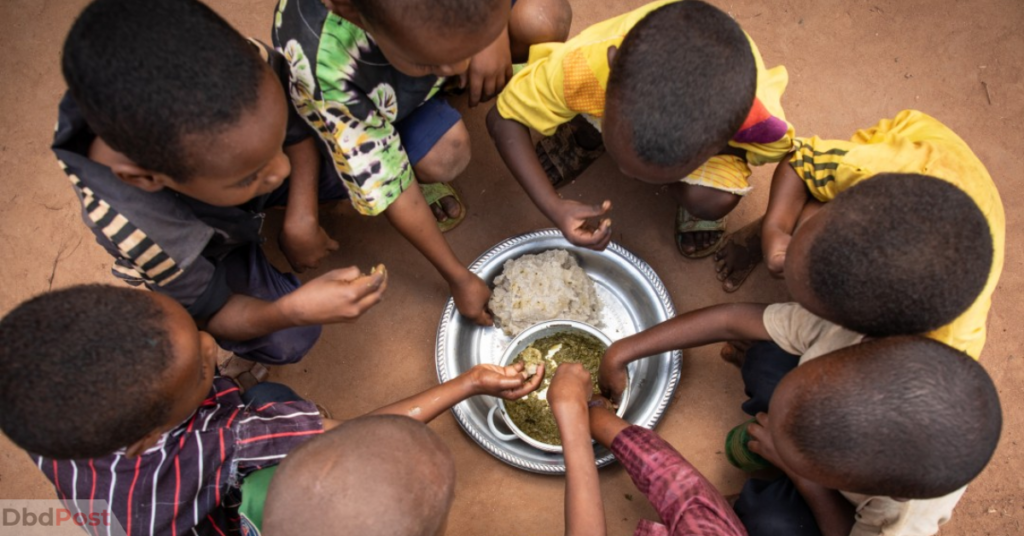Global food security remains under immense pressure. Inflation, commodity price fluctuations, and trade restrictions fuel uncertainty in agricultural markets, and geopolitical events are worsening the situation.
Low—and middle-income countries face the harshest impact. Between September and December 2024, food price inflation exceeded 5% in 72.2% of low-income nations, a 3.4 percentage point increase from the previous report.
In nearly 44% of the 161 countries surveyed, actual food prices outpaced overall inflation. Households struggle to afford essential nutrition, and rising costs intensify concerns about malnutrition and food access.
Commodity markets continue to shift. Agricultural, cereal, and export prices increased by 3%, 3%, and 4%, respectively. Maize prices surged by 9%, while wheat dropped by 2%. Rice prices remained stable.
Maize prices rose by 2% year over year. Meanwhile, wheat and rice prices dropped by 10% and 16%, respectively. Market volatility remains a persistent challenge.
Trade restrictions are worsening global food security. Following Russia’s invasion of Ukraine, many countries tightened food export controls. As of January 2025, 17 nations have imposed 22 food export bans.
Eight other nations enacted 12 export-limiting measures. These policies aim to protect domestic supplies but contribute to food insecurity in import-dependent regions.
The World Bank is taking action. Its initiatives focus on improving food systems, increasing agricultural resilience, and supporting vulnerable communities. One such effort is the Rural Competitiveness Project in Honduras.
This project fosters entrepreneurship and employment in agriculture and promotes sustainable, climate-smart food production. The program has supported 6,287 small-scale rural producers, including women, youth, and Indigenous groups.
Market linkages and improved agricultural technologies are key components. The initiative has already created 6,678 new jobs. These opportunities offer a crucial economic lifeline.
Despite these efforts, long-term food security remains at risk. Coordinated global action is essential to stabilize food markets. Policymakers, international organizations, and local stakeholders must collaborate.
Inflation, climate change, and trade barriers complicate the situation. Diversifying food sources and investing in resilient farming practices are necessary to protect food systems from future disruptions.
The World Bank’s findings highlight the urgency of addressing food insecurity. Immediate relief and long-term structural reforms must be combined. Strengthening supply chains and ensuring equitable nutrition access are critical.
Food inflation is rising in many regions. Without intervention, millions will face worsening hunger. Decisive policy measures and assistance programs will be vital in preventing a deepening crisis.
Climate change is another looming threat. Unpredictable weather patterns, droughts, and natural disasters reduce crop yields. This volatility further strains global food supply chains.
Smallholder farmers struggle the most. Limited access to modern technology, financial support, and markets makes adaptation difficult. Supporting these farmers is crucial for building a resilient food system.
Investments in agricultural research can help. Advancements in drought-resistant crops, improved irrigation techniques, and soil conservation practices boost productivity. Governments and private institutions must prioritize these innovations.
Local food production must also be strengthened. Reducing reliance on imports can enhance food security. Encouraging sustainable farming practices benefits both the environment and future food availability.
Education and awareness campaigns can empower communities. Teaching better food storage methods, reducing food waste, and promoting nutrition awareness make a difference. Collaboration between governments and NGOs can drive meaningful change.
Strengthening infrastructure is another solution. Improved roads, storage facilities, and efficient supply chains minimize post-harvest losses. Investing in transportation and logistics can improve food distribution.
Consumers can also contribute. Choosing local produce, supporting fair trade, and reducing food waste can create a more sustainable food system.
The fight against food insecurity is complex. Multiple factors drive the crisis, but solutions exist.
- 107shares
- Facebook Messenger
About the author
Kendrick Turner is an experienced journalist and senior contributor with over a decade of expertise in politics, social justice, culture, and global affairs. A Howard University graduate, he is committed to amplifying underrepresented voices and fostering meaningful conversations through his reporting.

 the global food market outlook
the global food market outlook emerging issues
emerging issues regional updates
regional updates



